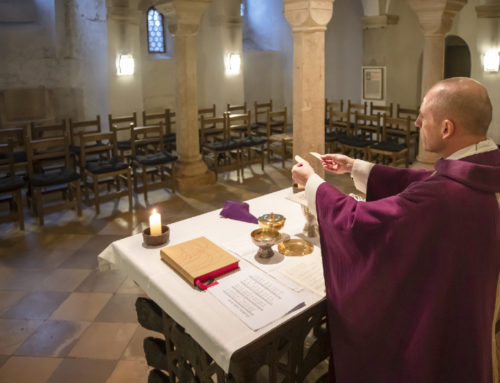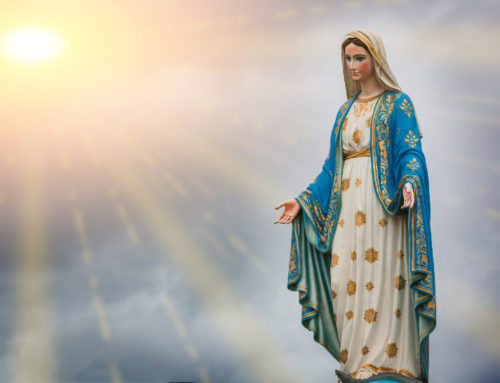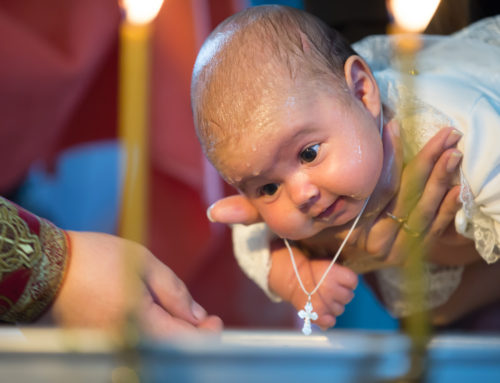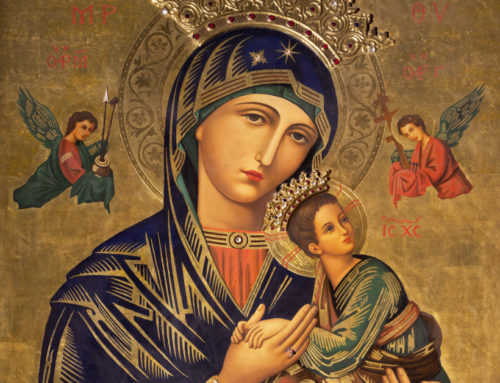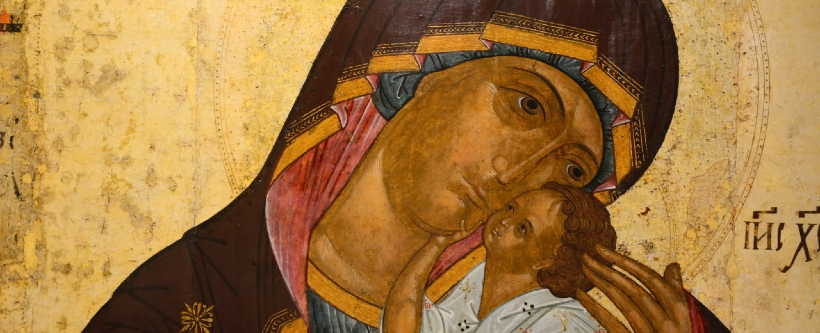
an antique Russian Orthodox icon
What effect did the Crusaders’ sack of Constantinople in 1204 have on church relations?
This question is, in reality, the key to many of the challenges we face today in getting the East and West to reunite. For many Orthodox, any discussion of the historical event leads one quickly to the conclusion that the sack happened yesterday instead of eight hundred years ago!
Pope Innocent III directed the Fourth Crusade with a stated goal of freeing Jerusalem by way of Egypt. Venice agreed to transport the troops. Because of financial difficulties, the Crusade was diverted by the Venetians to the town of Zara in Dalmatia (today Zadar in Croatia). This town was, in effect, an independent community, but was recognized by the king of Hungary, Emeric, who had agreed to join the Crusade. The citizens of Zara, recognizing the threat, tried to turn the Crusaders away by proclaiming themselves to be Christian. However, the Crusaders ignored this and, after a short siege, took the city. Pope Innocent III then excommunicated the Crusaders and the Venetians.
Political intrigue and clerical urging led the Crusaders to Constantinople. They reluctantly went to attack the city. However, when they arrived they were greeted warmly, and aided in placing Alexius Angeleus on the throne as Alexius IV. Following some political infighting, Alexius IV was killed, and the Crusaders, angered by this action, sacked the city of Constantinople, stole valuable relics and virtually all of the valuable articles used for the celebration of the Divine Liturgy. This very un-Christian action was probably the most significant in sealing the separation between the East and the West.
Excerpt from Faulk, Edward. 101 Questions and Answers on Eastern Catholic Churches. (Paulist Press: Mahwah, NJ) 2007.

